You may not have a green thumb, but you can make your garden thrive. If you plan to start it now, you should have arm yourself with the correct information. Here are some gardening tips you can follow if you prefer to grow vegetables, fruits, and plants in your backyard.
Determine What You Want to Grow in Your Garden
Plant herbs, fruits, and vegetables that you and your family enjoy. You must choose sensibly and study your gardening zone. Check the first and last days of frost and talk to fellow gardeners around your area to learn about crops that grow well in the vicinity. If you prefer a tiny garden, you cannot cultivate something big like a pumpkin.
Pick a Location
Many vegetables and fruits require at least five hours of direct sunlight daily. Root veggies, herbs, and greens can flourish in partial shade. Southern gardens may thrive from late afternoon shade, while their northern counterparts prefer sun rays. The next thing to consider is access to watering, caring, and picking.
Some college papers online write about not tending to your garden daily as a reason for a neglected garden. Avoid frost pockets and high wind areas. You must ensure that your chosen location is from your children’s and pet’s play areas. Be wary about the wildlife that can damage your garden.
Prepare Your Garden Beds
After choosing where you want your garden to be, you can decide on the size and type of garden beds. According to an essay writing service, you may opt for raised beds if you want an easier way to tend your crops. Although they are attractive, they can dry out quickly. If you live in very arid areas, you can try the sunken beds to gather available moisture.
Your plant beds must be three to four feet across to make it easier for you to reach the center from each side. They can be at most 10 feet in length for better access. You may place plants in a grid pattern or rows in-between the garden beds to maximize growing space and minimize walkways. You should add soil nourishments and fertilizer to the planting area to save money and time.
Spend Money on Garden Tools
You should have the right tools to make your gardening pleasurable. You can buy the following equipment to help you:
- Scuffle hoe
- Leaf rake
- D-handle or garden shovel
- Hand tools
- Dirt rake
- Garden hoe
To avoid injuries, you need to get the right-sized tools. Metal tools are appropriate instead of inexpensive plastic tools.
Check Your Garden Soil
Before creating your garden beds, you must check your garden soil if it is neutral pH, alkaline, or acidic. You also should find out if it is at risk of contamination from roadways, nearby structures, or other sources.
Generally, you will know the soil characteristics through inspection, but you can also bring it to a professional laboratory for testing. Many crops thrive in pH-neutral soil, while some plants prefer slightly acidic or slightly alkaline soil.
Set Up Your Soil
To prepare your soil, you can put wet cardboard or newspaper on it before building a garden bed. A college paper writing service suggests that you cut up the sod in chunks and repurpose it. If you want excellent results, you can prepare your garden during the fall season. Many plants prefer fertile, well-drained, deep soil that is rich in organic matter. If you wish to harvest the best fruits and vegetables, you should have healthy garden soil.
Pick the Right Transplants or Seeds
Learn which plants will grow best as transplants or seeds. However, many heirloom varieties require transplanting, so you must know how to grow transplants from seedlings. You also save money if you learn to start your transplants.
If you wish to buy transplants from the nursery, you may check the following tips:
- Search for plants that are roughly equal in size to their pots. Large plants in tiny pots may suffer from transplant shock because of tangled roots.
- Be wary about yellow leaves or insect damage because they are signs of stress.
- Ask if the nursery sprays or treats their seeds or plants with potentially harmful chemicals.
Plant with Care
Transplant containers and seed packets have planting instructions. However, you may like these rules of thumb for planting:
- Seeds must be about three times as deep as their diameter.
- Transplants require the same depth as they grew in the pot.
- Plant heat-loving plants when there is no danger of frost.
- Young plants require hardening off or protection when you plant them in your garden.
>>> GET THE BOOK TO DISCOVER MORE <<<


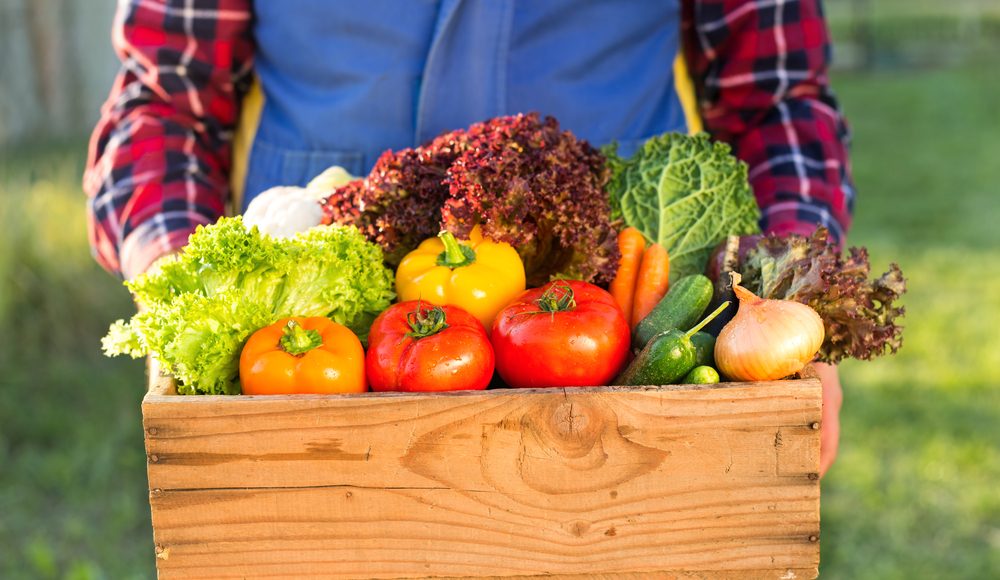

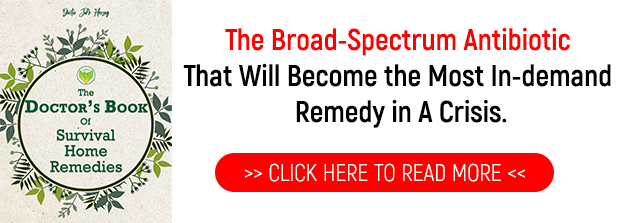
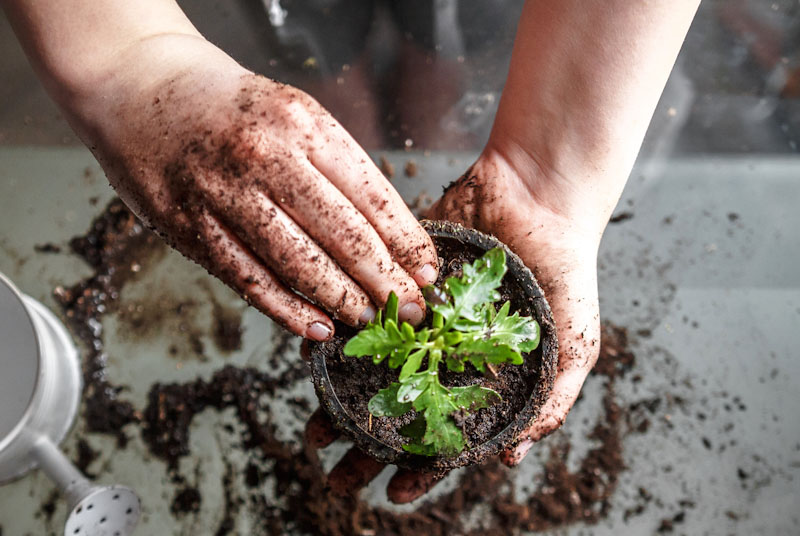
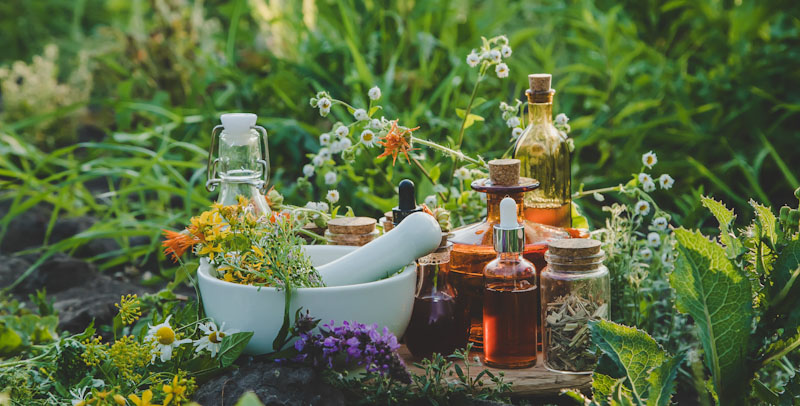
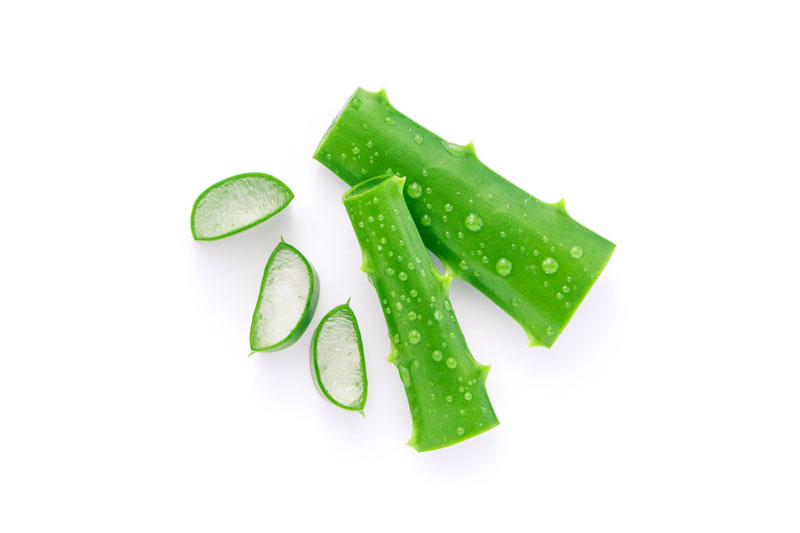
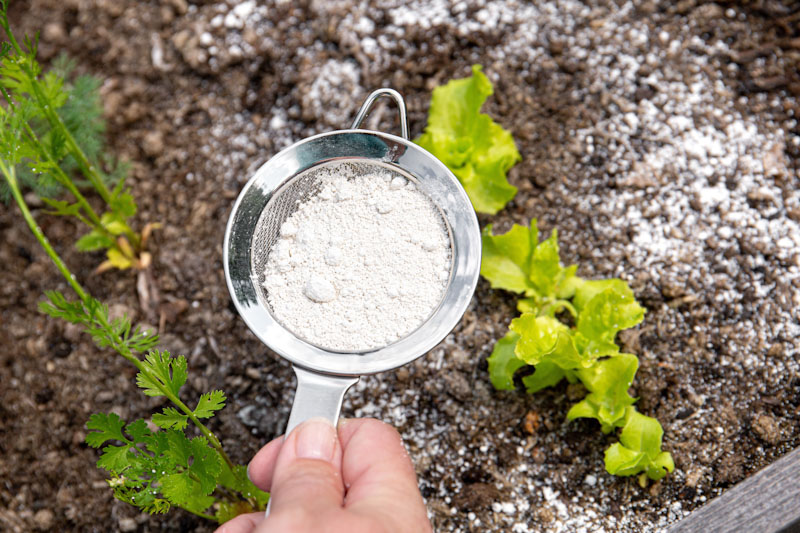


Cam | August 29, 2021
|
What no one ever covers is what and how to grow gardens inside successfully in a grid down scenario. When the SHTF anything grown outside will be stolen.
Damon | August 29, 2021
|
I agree with you. The two gardening methods that immediately come to my mind when I think of growing food indoors when the SHTF are Hydroponics and Aquaponics.
But there are a few other very helpful gardening methods that can be used indoors such as upside down gardening, container gardening, vertical indoor gardening and soil bag gardening ( where you plant your seeds or transplants directly in bags of soil purchased from the gardening store ).
I would like to see a future write up on Survivopedia covering these gardening ideas in depth.